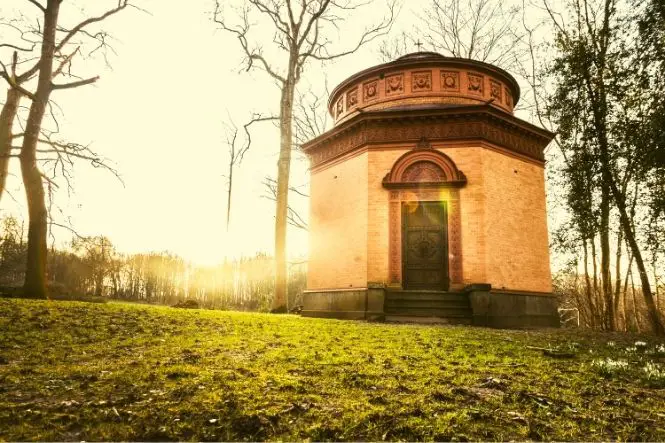Deciding on a final resting place is a very personal choice. There are many things to consider, not least of which is religious and familial traditions as well as your finances and preferences. Knowing about all the funerary options available will help you make a sound decision with which you can take comfort.
About Above-Ground Burials
An above-ground burial is similar to an in-ground one. A decedent rests in a casket, but goes into a structure that sits atop the earth rather than encased within it. There are several kinds of above-ground burial types. All have their benefits, pitfalls and extra costs.
While there are a plethora of funerary options available, above-ground burials are sound investments. This is a desirable choice for many reasons. But, one of the main benefits is that it anticipates weather and terrain in areas that aren’t the best for in-ground burials.
For instance, the high water table of New Orleans means most people have above-ground burials. This helps safeguard and protect against potential issues from hurricanes, flooding and the soft earth of the area. This is because New Orleans sits below sea level and the ground is quickly given to change.
Mausoleums
As one of the oldest forms of internment, mausoleums have been a preferred method since ancient times. These offer beautiful architecture and are spacious enough for whole families. However, they tend to be expensive and there are upkeep costs long after the person has passed on.
But, a mausoleum can come closed or accessible, depending on the design of the structure. Sometimes these have comfortable seating for visitors. But, at the very least, they offer those wishing their condolences protection from the elements. There are actually several kinds of mausoleums and locations for those mausoleums:
- Private Family Mausoleums: custom designed and constructed to house the remains of several family members. This can be as small as a couple or large enough for an immediate family.
- Private Monument: There are some people who choose cremation but still wish to have a small, individual structure. These either house the urn of the deceased or they can simply be a structure for people to visit in remembrance.
- Private Land: To have a mausoleum built on private land, there are certain laws in place to do this and these vary between states and municipalities. Regardless, there must be continual upkeep of the structure and grounds.
- Public Lands: These don’t usually offer private mourning spaces for family. But, they are more cost effective than most other mausoleum options.
- Cemeteries: Not every public cemetery will offer mausoleum space, especially where water tables are high, such as New Orleans.
- Garden Plots: These are spaces where the mausoleum sits outside and receives year-round exposure to the elements.
Crypts
Crypts are another form of above-ground burial that’s very much like a mausoleum. In fact, the two are often interchangeable. However, there is a scant bit of difference. Crypts are usually indoors and sometimes they’re in manmade underground tunnels or other areas beneath buildings.
They are most often under houses of worship and other such establishments. Typically, there’s a space on a wall or floor where the remains inter and people go there to remember loved ones. There are very few places that offer such a burial but they do exist.
Tombs
Tombs are something like a cross between mausoleums and crypts. It’s most common for large wealthy families to have tombs.
Also called immurement, these are often in underground stone or concrete structures. However, they can be above-ground buildings as well. These can be more expensive than mausoleums because the sheer size alone will require many materials to be secure.
Vaults or Sarcophagi
There are above-ground vaults and sarcophagi. These are best for a simple casket inside a smaller stone structure built to look like a coffin. These can be quite cost-effective or very expensive. It depends on the size, materials and other customizations.
Or, there’s the option of having a sculpted sarcophagi in the shape of the person deceased. It’s a good choice for those looking to undergo mummification. This process tends to be pricier than setting up a customized tomb or mausoleum, ranging in the tens to hundreds of thousands of dollars.
Conclusion
Remember to take your time with this important decision. There is no wrong or right choice, just the one that’s best for you and your situation. Choosing an above-ground burial tells a story of legacy while offering a practical means to safeguard against the elements.
It’s one of the oldest methods for burial. It gives a monument for the loved ones left behind to come and reminisce for years to come. Above-ground burials provide a final opportunity to send a profound message to the living about a person’s time spent on earth.


